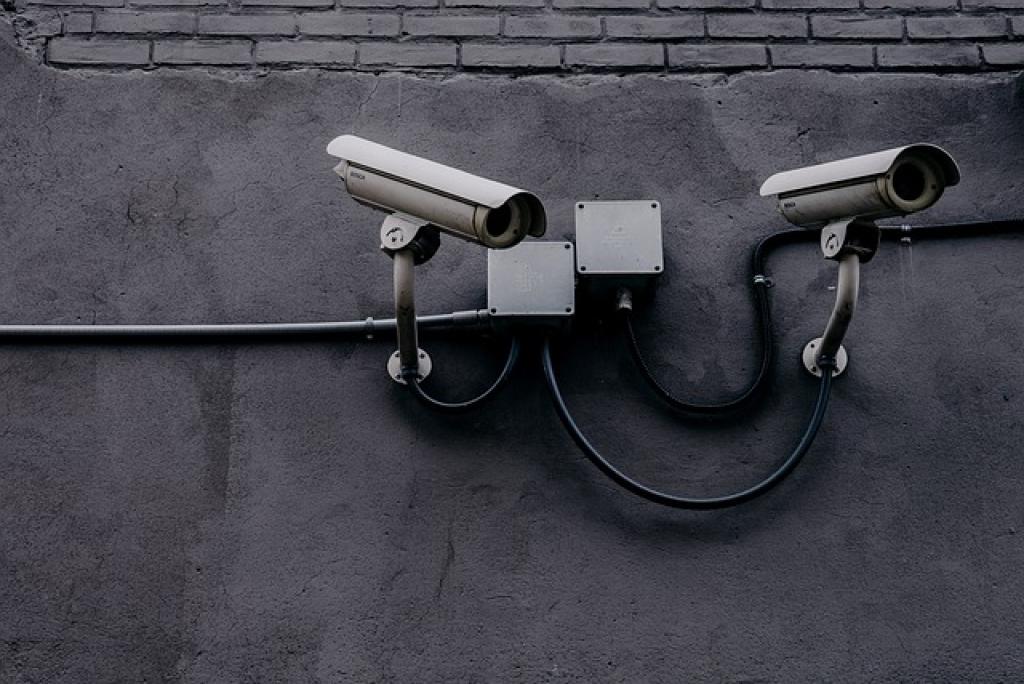
Ultimate Guide: Conducting a Security Risk Assessment for Your Business
In today’s fast-paced digital world, protecting your business from potential security threats isn’t just smart—it’s essential. Whether you’re a tech startup, a retail store, or a financial firm, understanding and mitigating risks is a cornerstone of long-term success.
A security risk assessment helps you identify vulnerabilities in your operations, ensuring that your business can withstand cyber threats and operate smoothly. By peeling back the curtain on potential risks, you can take proactive steps to safeguard your assets, reputation, and client trust.
This guide will walk you through the process of conducting a thorough security risk assessment, from identifying critical assets and vulnerabilities to prioritizing and mitigating risks effectively. With a structured approach, you can transform potential threats into opportunities for strengthening your business’s security posture.
Ready to make your business more resilient? Let’s dive into the ultimate guide that will empower you with the knowledge needed to protect what matters most.
Identifying Key Assets and Vulnerabilities
Before diving into a risk assessment, it’s crucial to pinpoint what you’re protecting: your key assets. These are the crown jewels of your business, and they can include anything from proprietary data and intellectual property to the technology infrastructure and customer information.
Start by cataloging all physical and digital assets, keeping in mind that anything critical to your operations counts. Once you’ve listed these, it’s easier to understand what might be at risk.
Evaluating Potential Vulnerabilities
Next, shift focus to potential vulnerabilities. These are weak points in your system that could be exploited by threats. Engage your team to brainstorm and identify areas prone to risks like outdated software, lack of encryption, or even complacent security protocols.
Remember, vulnerabilities aren’t always obvious. Conducting regular security audits and engaging with experts can help reveal hidden flaws you might have overlooked.
Having a clear picture of your assets and vulnerabilities sets the foundation for the next steps: threat assessment and risk mitigation. It might take time, but knowing the landscape is half the battle won in fortifying your business.
Gathering Information for the Assessment
With your key assets and vulnerabilities identified, it’s time to gather the information necessary to assess risks thoroughly. Data is your friend here, and having the right data ensures an accurate and meaningful assessment.
Start by collecting historical data on past incidents. Review logs, previous security assessments, audits, and incident reports. This background information sheds light on recurring issues or evolving threats your business might face.
Consult your team and stakeholders who manage or use key assets. They often hold valuable insights into how systems are used and where potential security gaps might lie. Interviews, questionnaires, or workshops can be effective tools for capturing this information.
Documenting your current technology and process landscape is also key. Create detailed diagrams and descriptions of your IT infrastructure, data flows, and security measures in place. This visual and textual information helps highlight potential weak points in your setup.
Finally, don’t overlook external resources. Industry reports, security forums, and publications can provide information about common threats specific to your industry, helping you understand the bigger picture.
Gathering comprehensive data may seem daunting, but it’s a critical step to forming a solid groundwork for your risk assessment. With the right information, you can more precisely assess potential threats and responses.
Conducting Risk Analysis and Prioritization
Armed with detailed information, you’re ready to dive into the heart of your security risk assessment: analyzing and prioritizing risks. This phase is where you transform data into actionable insights, paving the way for effective mitigation strategies.
Begin by identifying potential threats to each asset. Consider both external threats, like cyberattacks or natural disasters, and internal threats, such as human error or system failures. Each threat can impact your assets differently, so understanding this relationship is critical.
Quantifying Potential Impact
Next, assess the potential impact and likelihood of each identified threat. This can be done using a risk matrix, which plots the severity of impact against the probability of occurrence. A quantitative or qualitative scoring system can help you rank risks according to their priority.
High-impact, high-probability risks should be at the top of your list for immediate attention. Conversely, low-impact, low-probability risks might require less focus and resources.
Remember, risk prioritization is an iterative process. Regularly revisit and update your assessment as your business evolves, technology advances, or new threats emerge.
By systematically analyzing and prioritizing risks, you ensure your efforts are aligned with protecting your most critical business assets, creating a more resilient and secure environment.
Implementing Remediation Strategies
With a clear understanding of prioritized risks, it’s time to implement strategies to mitigate them effectively. The goal of remediation is to reduce or eliminate the impact of identified threats, ensuring your business remains secure and resilient.
Start by developing a tailored action plan for each high-priority risk. This plan should outline the steps needed, resources required, and the timeline for execution. Consider involving cross-functional teams to ensure comprehensive solutions that are technically sound and business-focused.
Choosing the Right Solutions
Selection of remediation strategies should be based on factors such as cost, feasibility, and effectiveness. It could involve technical solutions like updating software, enhancing firewalls, or deploying antivirus programs. Equally important are organizational strategies such as revising security policies, running regular training sessions for employees, or establishing a robust incident response plan.
It’s critical to communicate plans clearly across your organization. This ensures everyone understands their role in maintaining security and can contribute to mitigating risks.
Finally, regularly review and test your remediation strategies. This helps ensure they are effective and align with evolving threats and business objectives. Continual improvement is the key to maintaining a strong defensive posture, allowing you to focus on growth without unnecessary interruptions.
The Bottom Line: Creating an Ongoing Security Risk Management Plan
Conducting a security risk assessment is not just a one-time event—it’s an ongoing commitment to safeguarding your business. As threats evolve and your organization grows, it’s vital to persistently manage risks to protect your critical assets.
Establishing a routine for regular assessments ensures your security measures remain up-to-date and effective. This involves revisiting and revising your risk analysis to account for new threats or changes within your business environment. Consistent reevaluation positions your business to anticipate risks, rather than merely reacting to them.
Moreover, fostering a culture of security awareness is crucial. Encourage your team to be proactive in identifying potential risks and to embrace security best practices. Engaging employees through regular training sessions and updates not only strengthens your defense mechanisms but also empowers your workforce.
In addition, leverage technology to automate and monitor security processes, freeing up your team to focus on strategic initiatives. Automation can help streamline threat detection and response, ensuring a swift reaction to any potential breaches.
Ultimately, integrating risk management into your business strategy will protect your assets and support long-term success. By being vigilant, adaptable, and proactive, you secure a safer future for your business and build trust with clients and partners. Remember, a robust security posture is a journey—not a destination. Stay committed, and your business will thrive amid the challenges of the digital age.


